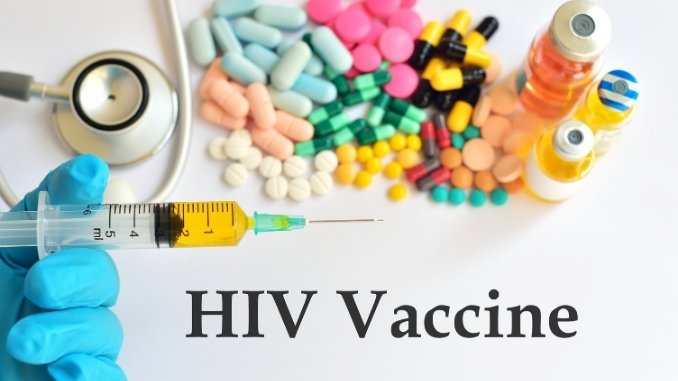HIV Infections Surge in Laos: A Call to Action
Surging Infections Prompt Concerns Over Funding and Community Engagement.

Amidst the lush landscapes and rich cultural heritage of Laos, a silent crisis is unfolding. Recent reports indicate a troubling increase in new HIV infections, shedding light on a pressing public health challenge that demands urgent attention. The Lao Public Security Television has reported a steady rise in HIV cases, attributing part of the problem to insufficient financial support from foreign entities, which has hampered the country’s ability to effectively combat the spread of the virus.
According to Lao Minister of Health Bounfeng Phoummalaysith, the lack of external funding has impeded the implementation of vital HIV/AIDS initiatives, highlighting a concerning trend that threatens to exacerbate the situation. At a national meeting held in the capital city of Vientiane, the Center for HIV/AIDS/STI revealed alarming statistics: 2,066 new HIV infections were recorded in 2023 alone, bringing the total number of infections to 20,688, with over 7,000 individuals having progressed to AIDS.
This surge in HIV cases stands in stark contrast to the progress reported by the World Health Organization (WHO) in 2019. At that time, Laos had made strides towards achieving the 2020 fast-track target, with significant advancements in HIV testing and service coverage. However, despite commendable efforts by the Lao government, partners, and civil society organizations, challenges persist.
One of the most pressing concerns is the low rate of access to treatment, with only 54% of people living with HIV currently receiving the care they need. Additionally, specific demographic groups, such as men who have sex with men and female sex workers, face disproportionately high rates of HIV prevalence and sexually transmitted infections, underscoring the urgent need for targeted interventions.
The situation is further compounded by limited HIV/AIDS knowledge among the general population, particularly adolescents and youth, highlighting gaps in education and awareness. The influx of male migrant workers, coupled with economic development projects like dams and railways, poses additional risks of HIV transmission, particularly among vulnerable communities.
In light of these challenges, there is a growing consensus among experts and stakeholders on the critical role of community engagement in the HIV/AIDS response. Community-led organizations, driven by and for people living with HIV, can play a pivotal role in bridging the gaps in service delivery and advocacy, ensuring that no one is left behind in the fight against AIDS.
However, to truly address the escalating HIV crisis in Laos, a multi-faceted approach is needed. This includes increased investment in healthcare infrastructure, expanded access to prevention and treatment services, and comprehensive sex education programs. Moreover, regional cooperation and support from international partners are essential to bolstering Laos’ capacity to confront this public health challenge effectively.
As the world strives to meet the ambitious goal of ending AIDS by 2030, the plight of Laos serves as a sobering reminder of the work that remains to be done. Now more than ever, concerted action is needed to stem the tide of HIV infections and ensure a healthier, more resilient future for all. Let us heed the call and stand in solidarity with the people of Laos in their fight against HIV/AIDS.




